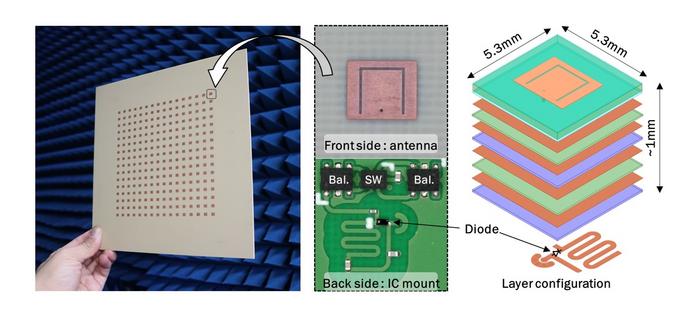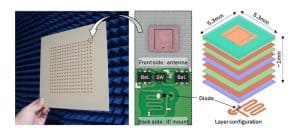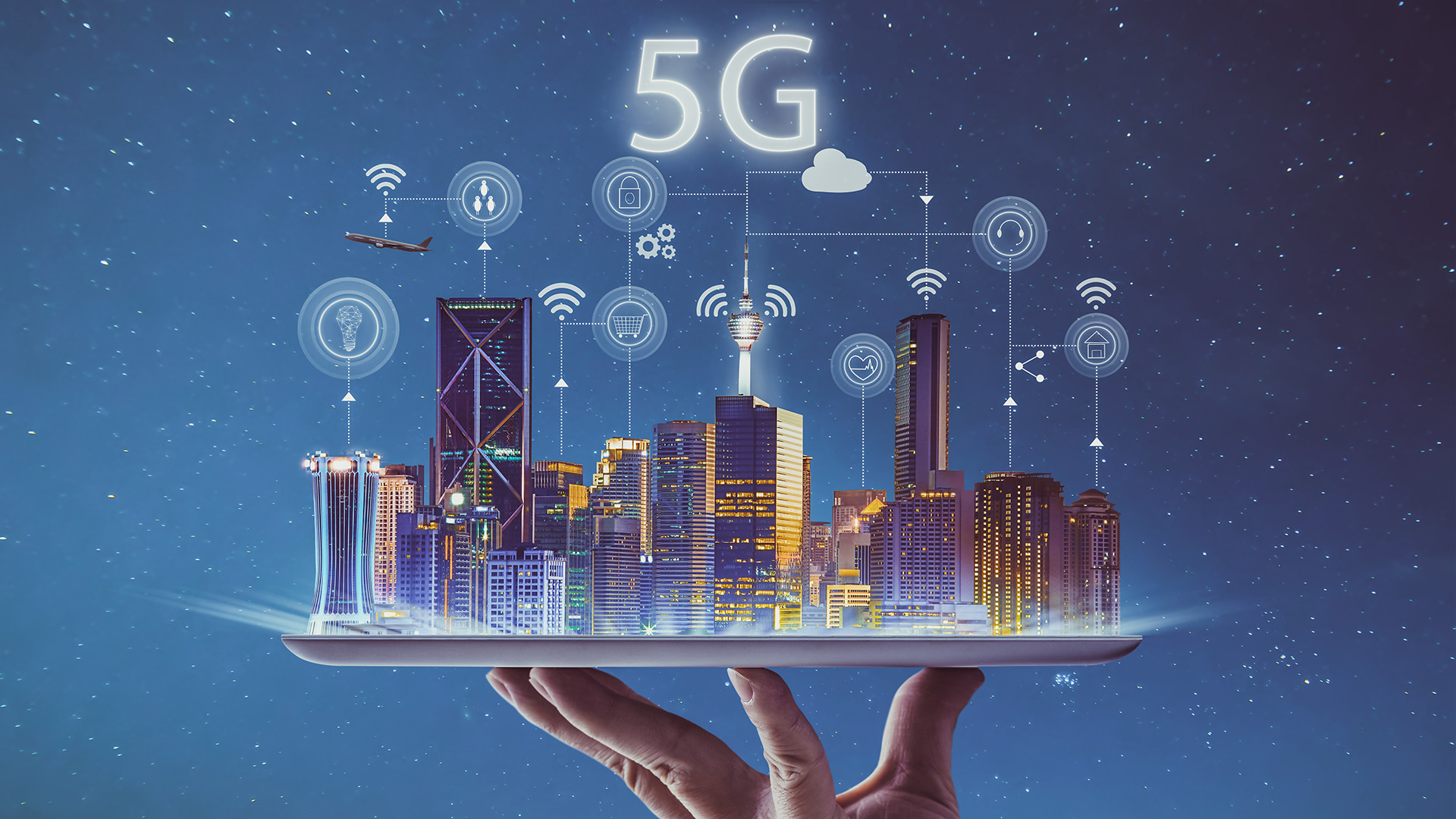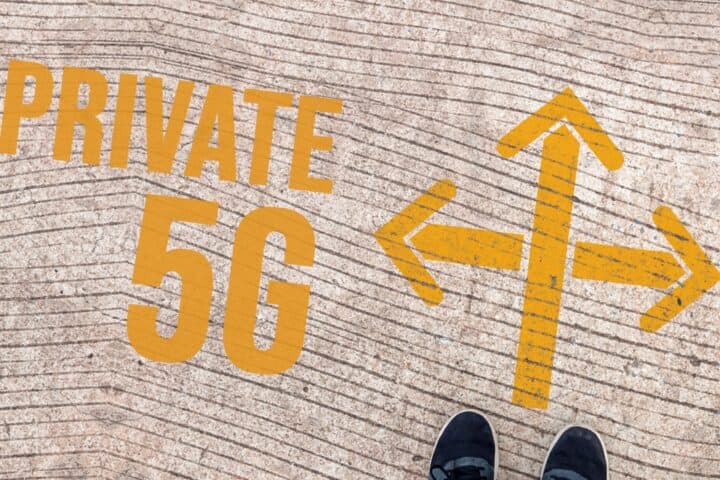A breakthrough in 5G network coverage has been achieved with the development of a novel remotely powered relay transceiver. This innovative transceiver significantly enhances 5G coverage, even in areas where link blocks exist, providing high-speed, low-latency communication. Published in the Proceedings of the 2024 IEEE MTT-S International Microwave Symposium, this study addresses common challenges in 5G network coverage, such as low signal-to-noise ratio (SNR) and link blockage. Utilizing millimeter wave 5G communication, which operates at high frequencies (24 to 100 GHz), the transceiver employs beamforming technology for improved SNR but also overcomes its line-of-sight limitations. The transceiver, developed by Tokyo Tech’s Laboratory for Future Interdisciplinary Research of Science and Technology, is powered wirelessly using 24 GHz signals to maintain SNR and facilitate 28 GHz bidirectional communication. This wirelessly powered transceiver, featuring 256 rectifier arrays and CMOS diodes, achieves a power conversion efficiency of 54% and a conversion gain of –19 decibels, offering increased installation flexibility and coverage area. This advancement holds promise for deploying millimeter wave 5G networks in challenging urban environments, ensuring robust connectivity and expanded access to next-generation wireless communication.
A novel remotely powered relay transceiver has been created that improves 5G network coverage thanks to high-power conversion efficiency and effective mobile power transmission.
The creative design can increase 5G network coverage perhaps to locations where link blocks exist, enhancing flexibility and coverage area, and possibly increasing access to high-speed, low-latency communication.
The study is published in the Proceedings of the 2024 IEEE MTT-S International Microwave Symposium.
Difficulties with designing common 5G network coverage
Millimetre wave 5G communication, which uses extremely high-frequency radio signals ( 24 to 100 GHz ), is a promising technology for next-generation wireless communication, exhibiting high speed, low latency, and large network capacity.
But, popular 5G network coverage faces two key challenges. The first one is the low signal-to-noise ratio ( SNR ), as a high SNR is crucial for good communication.
Another issue is link blockage, which refers to the loss of signal caused by obstacles like buildings to the transmitter and receiver.
Beamforming has been employed as a method for millimeter wave long-distance communication, which increases SNR.
But, it is limited to line-of-sight communication, where transmitters and receivers must be in a straight line, and the received signal can become degraded according to obstacles.
A team of researchers from Tokyo Tech’s Laboratory for Future Interdisciplinary Research of Science and Technology created a novel remotely powered relay transceiver for 28 GHz millimeter wave 5G communication to address these issues.

How the wireless transmitter maintains a large SNR
The wirelessly powered type, according to associate professor Atsushi Shirane, does not require a dedicated power supply, but does use numerous rectifier arrays to maintain SNR because of its lower conversion gain and uses CMOS diodes with less than 10 % power conversion efficiency.
256 rectifier arrays with 24 GHz wireless power transfer ( WPT ) make up the proposed transceiver.
Notably, the transceiver is capable of simultaneous data and power transmission, converting the 24 GHz WPT signal to direct current (DC ) and facilitating 28 GHz bidirectional transmission and reception simultaneously.
The 24 GHz signal is received at each rectifier independently, while the 28 GHz signal is transmitted and received using beamforming.
The 28 GHz signal can be transmitted either retro-reflecting with the 24 GHz pilot signal or in any direction, and both signals can be received from the same or various directions.
The proposed transceiver could have a power conversion efficiency of 54 % and a conversion gain of –19 decibels, which is higher than normal transceivers, while maintaining SNR over long distances, according to testing.
Shirane According to the engineer,” The proposed transceiver can increase installation flexibility and coverage area by allowing the millimeter wave 5G network to be deployed even where the link is blocked.” ”














